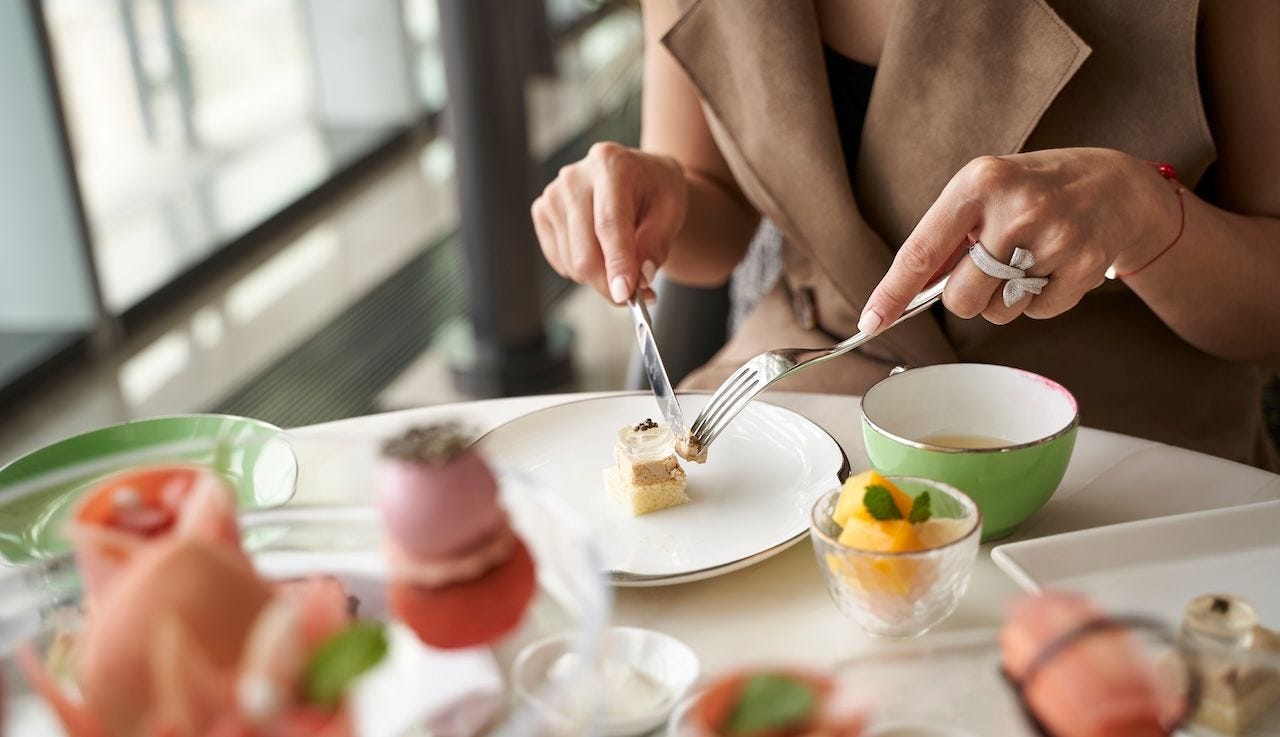China’s Ultra-Rich Spending
China’s elite is shifting its investment strategies towards gold, mutual funds, and bank deposits and away from real estate.
By Avery Booker
China’s ultra-rich continued to spend lavishly last year on luxury, but how they did it changed, and fast. According to the Hurun Research Institute’s latest Hurun Chinese Luxury Consumer Survey, China’s luxury consumer market remains resilient, reaching 1.66 trillion RMB ($237 billion) in 2023, up 3 percent from 2022.
Hurun’s survey of 750 high-net-worth Chinese individuals (with an average family wealth of 45 million RMB, or $6.2 million) and investable assets of 12 million RMB ($1.6 million), included 33 individuals with a net worth exceeding 100 million RMB (approximately $15 million).
In terms of demographic breakdown, respondents were balanced in terms of gender (50% male to 50% female), 36 years old on average, and mostly (86%) married with one child.
Where they’re spending
HNW families in mainland China last year spent an average of 780,000 RMB ($107,880) on cars, 480,000 RMB ($66,388) on jewelry, 380,000 RMB ($52,557) on art, and 220,000 RMB ($30,428) on alcohol, the survey found.
China’s elite is shifting its investment strategies towards gold, mutual funds, and bank deposits and away from real estate. This is a major recalibration, considering real estate has long been a preference for affluent Chinese, who traditionally park around 70 percent of their household assets in real estate.
Respondents’ total expenditure dipped year on year in 2023, led by daily items and home maintenance, with the total average annual consumption of HNW households dropping 11% to 2.4 million RMB ($331,936). This year, Hurun projects spending will drop below 2 million RMB ($276,407).
A shift towards wellness
However, spending on health and travel surged last year, indicating a pivot to experiential and wellness-oriented luxuries. Hurun noted spending on high-end services (e.g., hotels, travel, health) rose 20% YoY to 830 billion RMB ($118 billion), underscoring burgeoning demand for a wide array of luxury experiences.
Spending by HNWIs on “traditional” luxury goods — fashion, cosmetics, jewelry, handbags, and watches — grew 8% YoY in 2023 to 490 billion RMB ($70 billion), suggesting a sustained appetite for tangible luxury.
Meanwhile, spending on luxury automobiles, particularly those priced above 500,000 RMB ($71,400), contracted 7% to 580 billion RMB ($82.9 billion). This decrease validates major luxury automakers’ efforts to court younger Chinese buyers.
As Jing Daily reported earlier this year, China’s $154.67 billion luxury car market is forecast to expand at a CAGR of 3.35% from 2024 to 2029, with Gen Z responsible for a steadily increasing proportion of that growth.
Hurun’s report did not only focus on typical luxury spending. Social and lifestyle insights included an enduring commitment among China’s wealthy to education and self-improvement, with a notable preference for MBA programs despite a general dip in spending on academic endeavors.
Health and wellness, too, are paramount concerns, with significant spending directed towards health services and wellness travel. This pivot reflects a broader global trend of prioritizing health and well-being, further emphasized by the pandemic’s impact on lifestyle choices.
What it means for luxury brands
Hurun believes that Chinese HNWIs will this year continue to pursue a greater quality of life, focus more on their health and wellness, and indulge a passion for travel.
Putting it all together, Hurun’s findings validate post-pandemic efforts by the fashion and hospitality segments to appeal to affluent Chinese consumers by promoting a slower, more deliberate, and experience-based concept of luxury.
According to a recent Finn Partners report on China’s outbound tourism market, 70% of Chinese travelers now prefer “a slow-paced leisure experience that offers a sense of authenticity and exclusivity rather than an itinerary jam-packed with activities.”
This finding could extend to the luxury industry, with luxury fashion brands, hard luxury brands, wineries, and tourist destinations enticing Chinese HNW consumers less by high price tags and more by exclusive, highly personalized experiences.
Key Takeaways
Hurun’s latest report showcases evolving behavior and preferences among China’s affluent, which Hurun estimates spent 1.66 trillion RMB ($237 billion) on luxury in 2023.
A marked shift in investment from real estate to gold, mutual funds, and bank deposits reflects a strategic response to economic uncertainty among China’s HNW families, who reduced their annual spending by 11% last year.
Spending on health and travel surged, indicating a pivot towards experiential and wellness-oriented luxuries.
Luxury brands should focus on offering bespoke, experiential luxuries that align with the wellness and self-improvement trends, emphasizing personalization and exclusivity to attract China’s wealthy consumers.
The luxury landscape in China is likely to witness further diversification as consumers seek more personalized and authentic experiences, signaling a paradigm shift towards slow-paced, experience-centric luxury consumption.




